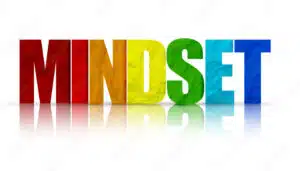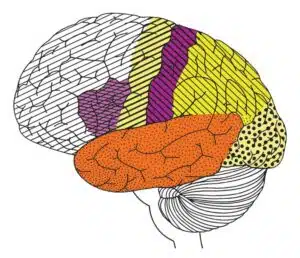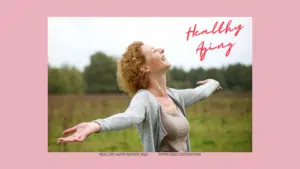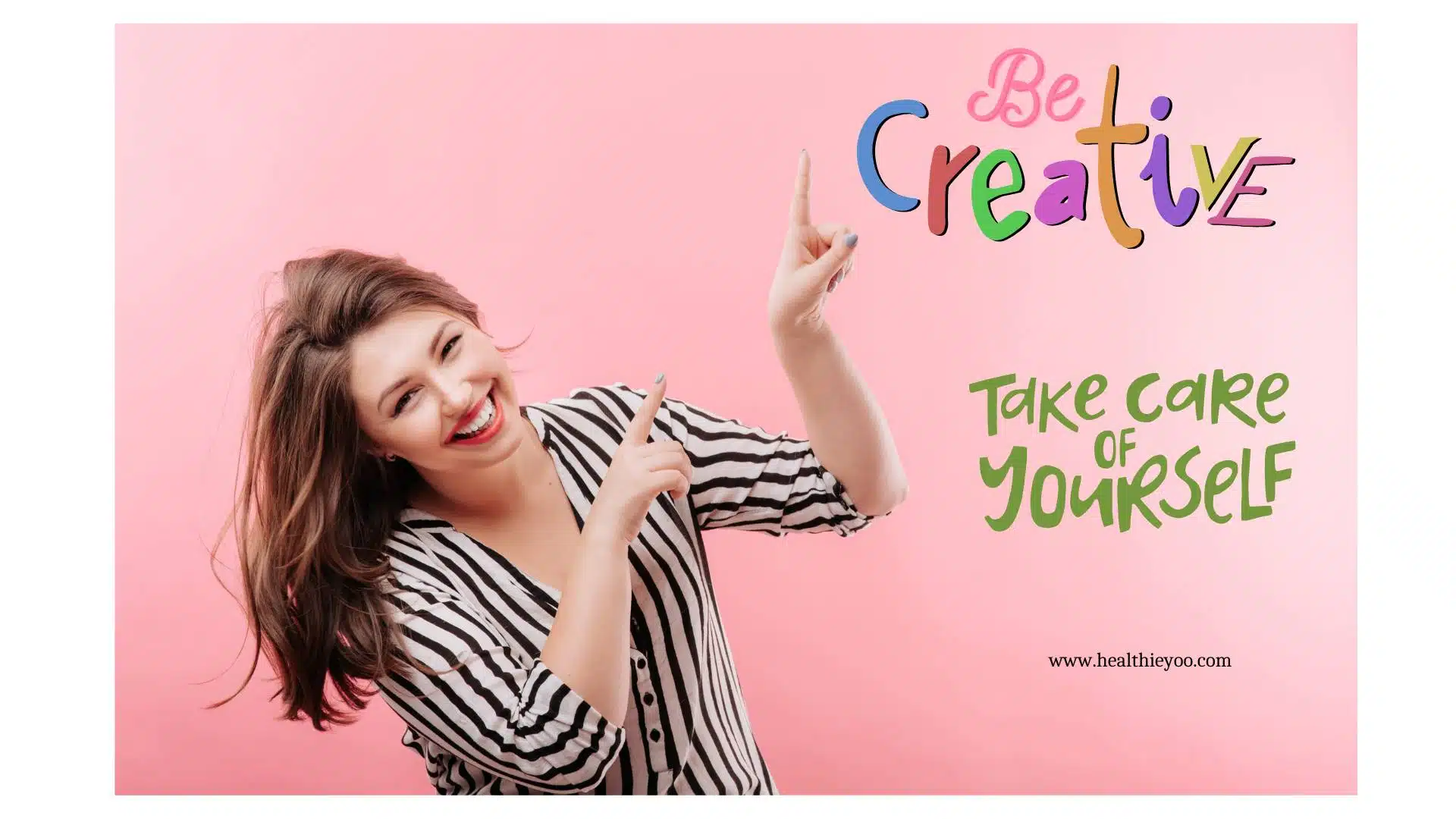When I mention getting healthy, your mind probably leaps to thoughts of workouts and green smoothies. But how about “creative wellness”? Now that might immediately trigger you to think: “But I’m not creative! I’m rubbish at art! And anyway, I don’t have time for all that nonsense. I’m far too busy!”
Creativity is one area of self-care that is woefully neglected. Read on to see why you may want to reassess your relationship with it.
Wellness isn't all about diet and exercise
When my clients first come to see me, it’s often with the expectation that I will focus exclusively on their diet and exercise. Many of them are taken aback when I gently encourage them to embrace creative wellness and to make time for activities that uplift them and which put them in a state of “flow”.
How flow is key to our wellbeing
The state of flow has been studied extensively and found by Mihaly Csikszentmihalyi to be an essential component of our wellbeing.
Considered to be one of the co-founders of positive psychology, Csikszentmihalyi was the first to identify the value of flow, which he describes as “a state in which people are so involved in an activity that nothing else seems to matter; the experience is so enjoyable that people will continue to do it even at great cost, for the sheer sake of doing it”. He discovered that flow is not only essential to being productive at work but also a key component of our contentment.
When did you last do something fun?
Sadly, when we reach adulthood, creativity is all too often considered a childish indulgence and a waste of valuable time. It can take a lot of persuasion to help people to overcome their prejudice to anything enjoyable. The hobbies of their youth were abandoned long ago, cast aside as time-wasting and self-indulgent. Who on earth has time for hobbies when life is so full on?
Creativity gets bashed out of us as we feel we have to focus relentlessly on being productive and constructive every minute of the day. And where does that land us? With stress, unhappiness, and even burnout. I’ve been down that route myself.
What did you love doing as a kid?
Many people (especially women) have been locked in self-abnegation for so many years that they no longer have any notion of what it is they enjoy doing. When I ask them what lights them up, the answer is frequently: “I don’t know”. Or “nothing”.
In a bid to help them unlock their creative wellness, I encourage them to cast their mind back to when they were at school. What did they enjoy as a kid? Slowly, the memories float up, and a forgotten light flickers in their eyes. “Oh, I used to love singing…but I couldn’t possibly do that now.” “I used to love to draw…but I don’t have time for that now.” “I used to love playing the piano…but I’m no good at it now.”
Slowly, and gently, I help them to reconnect with what brought them joy and fulfillment as a child. I watch them begin to blossom as they regain their vitality, fed by a passion that has lain dormant and neglected for decades. It’s a joy to see them bounce into a session with me and proudly pull out a blanket they’ve crocheted or a scarf they’ve knitted or a picture they’ve painted. I see them stand a little taller. Their eyes begin to shine with an unexpected excitement and faith in themselves.
We’re ALL creative!
Please don’t confuse being artistic with being creative. Let me tell you quite categorically that we are all creative. You don’t need a talent for drawing or a Grade 8 in piano to be creative. It’s a basic human need. As kids, we were all creative. It was normal for us to lose track of time engrossed in drawing a picture or colouring in. We didn’t know that was called being in a state of flow: but it is. And it’s far more important to our wellbeing than is commonly acknowledged.
Where I rediscovered my own creativity
I’d always classified myself as “not creative”. I did not distinguish myself in art classes at school. But I enjoyed colouring in: as a child of the 70s, I’d spend many happy hours with my felt tips and Altair pad of geometric designs. And I loved doodling cartoon stickmen. Doodling apart, though, I believed that art was exclusively for artistic people…not for the likes of me. My 20s, 30s, and early 40s were mostly creativity-free zones, apart from at work, where I’d brainstorm marketing campaigns and conjure up zingy straplines.
In my mid-40s, I was suddenly taken with a desire to try pottery, so I signed up for a ceramics class at a local adult education centre. Rolling out clay and shaping it transported me back to being a kid and playing with Play Doh. It was liberating to make something and not mind at all that it came out a bit rubbish. I would bring my creations home to be met with barely concealed smirks from my family.
My pinch pots piled up on the kitchen top until my husband wondered aloud one day if they might be relocated somewhere less visible. I didn’t care. I was happy to be away from my inbox and absorbed in an activity that used my hands and allowed my busy brain to relax. I was in the flow. I’d forget all about the stress of the day and would emerge two hours later, feeling lighter and happier.
The benefits of getting creative
It’s never too late for you to embrace creativity: now is the time to welcome it back into your life and start to reap the benefits of creative wellness. You wouldn’t believe the transformations I see in people when they start to make a little room in their lives to dabble with something they may have previously seen as a frivolous waste of time. I’ve seen depression lift, anxiety disappear and food addictions dissolve – just by people devoting time in their week to creativity.
And there’s more. Making space for creative wellness means that it seeps into our work too. Whatever your role is in life, you need creativity to do it well. Getting stuck into knitting, painting, singing, dancing, writing, gardening – whatever it is that lights you up – is an invaluable complement to the grinding demands of your workday. You’ll see the benefits not only in reduced stress and increased self-esteem but also in a mind that’s more creative in coming up with solutions in the workplace.
Tips on getting started
As a way in, ask yourself what creative stuff you liked to get stuck into as a child: maybe it was painting, sewing, or writing little poems. Remember that the objective is not to create works of art…it’s simply to enjoy the process of creating.
Don’t choose something just because one of your friends enjoys it – it may not be a good fit for you. Really tune in to what YOU enjoy.
Cast aside any pressure on yourself to produce a masterpiece and let yourself experience the sheer joy of creativity. I bet you that you’ll be flabbergasted by how relaxed you feel in that state of flow – and how much you forget what had been stressing you out before you started. I also bet that you’ll experience a big dose of self-esteem when you’ve finished making something with your own hands.
You don’t need to spend a lot of money to get creative, but you might want to treat yourself to some tools to inspire you: maybe a new pack of pencil crayons or any of the wonderful bits and bods you can find online or in art shops.
Maybe you used to love Lego building or making pictures on Fuzzy Felt. Forget what you think other people might say and give yourself free vent to immerse yourself in your childhood hobby again. Then watch what it does for your emotional wellbeing.
Perhaps you always wanted to learn a musical instrument or take up dance lessons, but you didn’t have the opportunity as a child. Now you can treat yourself to having a go, with no pressure to pass exams!
Conclusion
Creative wellness is an accessible, joyful way for you to feel better about yourself. Choosing something you enjoy doing and which puts you in a state of flow will help you be more productive at work and increase your sense of wellbeing. It’s not a time-wasting indulgence: it’s an invaluable part of your self-care toolkit. Are you ready to supercharge your health and happiness? Book in some creative time this week and let the magic begin.
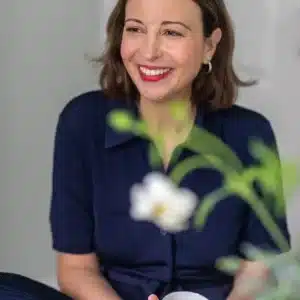
Suzy Glaskie
Related Posts

Work Life Balance and why most people never achieve it
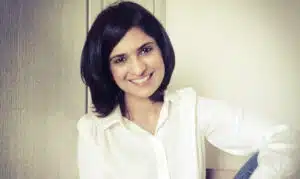
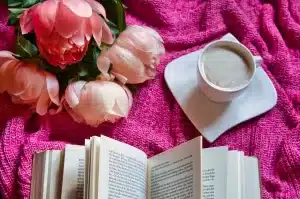
Diversionary Activities – Mental Health Toolbox Part 8 – The Pliers
